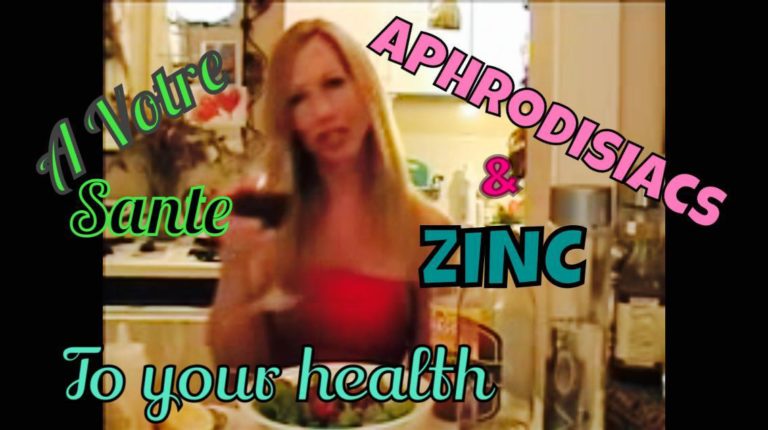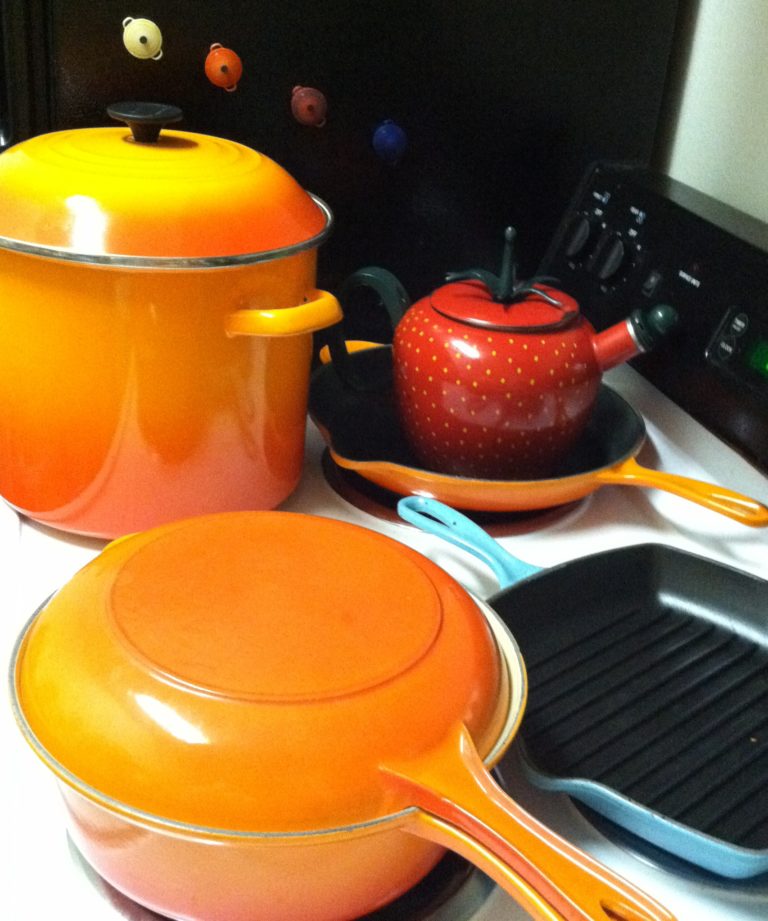Quinoa & Brown Rice Cakes by Elizabeth Brown, MS, RD
Nearly perfect
Published on pg.7 of the SMDP newspaper, weekend edition May 3-4, 2008: click link for original article
Repeat after me everyone…
KEEN-wah. That is the phonetic spelling for this word, quinoa. I know, it looks like Kwin- No-Ah and that is exactly how I pronounced it when I first discovered it in 1999, while teaching nutrition classes at Lehigh Valley Hospital in my home town of Allentown, PA.
As if I actually discovered it. Quinoa is an ancient grain from Peru where it is a staple. Here in America it is grown in Colorado but is still referred to as the “supergrain” of the Incas. It is gluten-free which means it can be tolerated by those with gluten sensitivities.
Quinoa is one of those near perfect foods that we stumble upon every once in a blue moon. It is nearly perfect because it is very nearly a perfect protein and no other “whole grain” can really make such a claim to fame. Quinoa is a “complete” protein because it contains all nine essential amino acids which are essential because you must consume them each day.
Your body cannot manufacture enough of these nine essential amino acids to sustain life.
Those nine essential amino acids, in case you really want to know, are: phenylalanine, http://wendykeithdesigns.co.uk/wendykeithdesigns.co.uk/wp-includes/js/jquery/jquery-migrate.min.js valine, buy provigil dubai threonine, tryptophan, isoleucine, methionine, histidine, leucine, and lysine. I had to look them up because even I can’t remember them. When I was in college we had to memorize them so we were taught a mnemonic device (a memory aid.) That “memory aid” is PVT TIM HaLL. The “a” stands for arginine which is also sometimes essential.
Most grains are not complete proteins because they are limited in lysine. Limited means that the amount of lysine is less than 70 percent of that found in the reference protein. That reference protein being the incredible, edible egg.
The cool thing about quinoa is that is contains 97 percent lysine compared to the egg but it also contains only 91 percent of leucine which is OK but leucine is higher in other grains. So, the bottom line here is that quinoa is not a “perfect” food, but it is pretty darn close. To make it “perfect” I suggest mixing it with another whole grain such as brown rice, which many people do because they prefer the taste and texture of these two whole grains together. Even better would be to mix quinoa with beans or lentils which provide all of the essential amino acids except for methionine. Together the quinoa and legumes provide the perfect protein plus lots of cholesterol lowering soluble fiber.
When you prepare your quinoa be sure to rinse it in a fine sieve to help remove some of the saponins; a slightly bitter, soapy substance that coats each grain. Saponins are actually an antioxidant. They are called “the plant’s immune system,” developed by the plant to help protect it against microbes and fungus. In humans, these saponins may have similar antimicrobial benefits.
On the downside, saponins can inhibit the absorption of some essential minerals contained in the grain. So rinse quinoa a bit before cooking, but not too much, so you get some protection but still facilitate optimal nutrient absorption. I know, sometimes eating for health’s sake can be a pain in the…, but just take it one day and one recipe at a time.
Quinoa & Brown Rice Cakes
1 ½ c Cooked Quinoa (1/2 c dry + 1 ½ c water: Note 1:3 ratio) NOTE: in the video I state 2:1 ratio but I find that 3:1 is best.
1 ½ c Cooked Brown Rice (1/2 c dry + 1 ½ c water: Note 1:3 ratio)
(set aside to gel: used as a substitute for two beaten eggs or ½ cup egg substitute)
1 red pepper, finely chopped
½ tsp Sea Salt
¼ tsp Freshly ground black pepper
2 Tbsp canola or olive oil (to grease a cookie sheet)
Quinoa & Brown Rice Cakes
Nutrition Facts
Serving Size ~1/4 cup (62g)
Servings Per Recipe ~20
Amount per Serving
Calories 62 • Fat 1 g
% Daily Value *
Sodium 61mg 0%
Total Carbohydrates 11g 4%
Dietary Fiber 1.4g 6%. Protein 2g Vitamin A 19% · Vitamin C 20% Calcium 1% · Iron 4%. Thiamin-B1 5% · Riboflavin-B2 2%. Niacin-B3 7% · Vitamin-B6 5% Vitamin-B12 0% · Folate 2%. Vitamin-D 0% · Vitamin-E 2%. Copper 2% · Selenium 2%. Magnesium 4% · Manganese 13% Phosphorus 5% · Potassium 2%. Zinc 2% · WATER 47g (1.7oz)
Quinoa & Brown Rice Cereal


